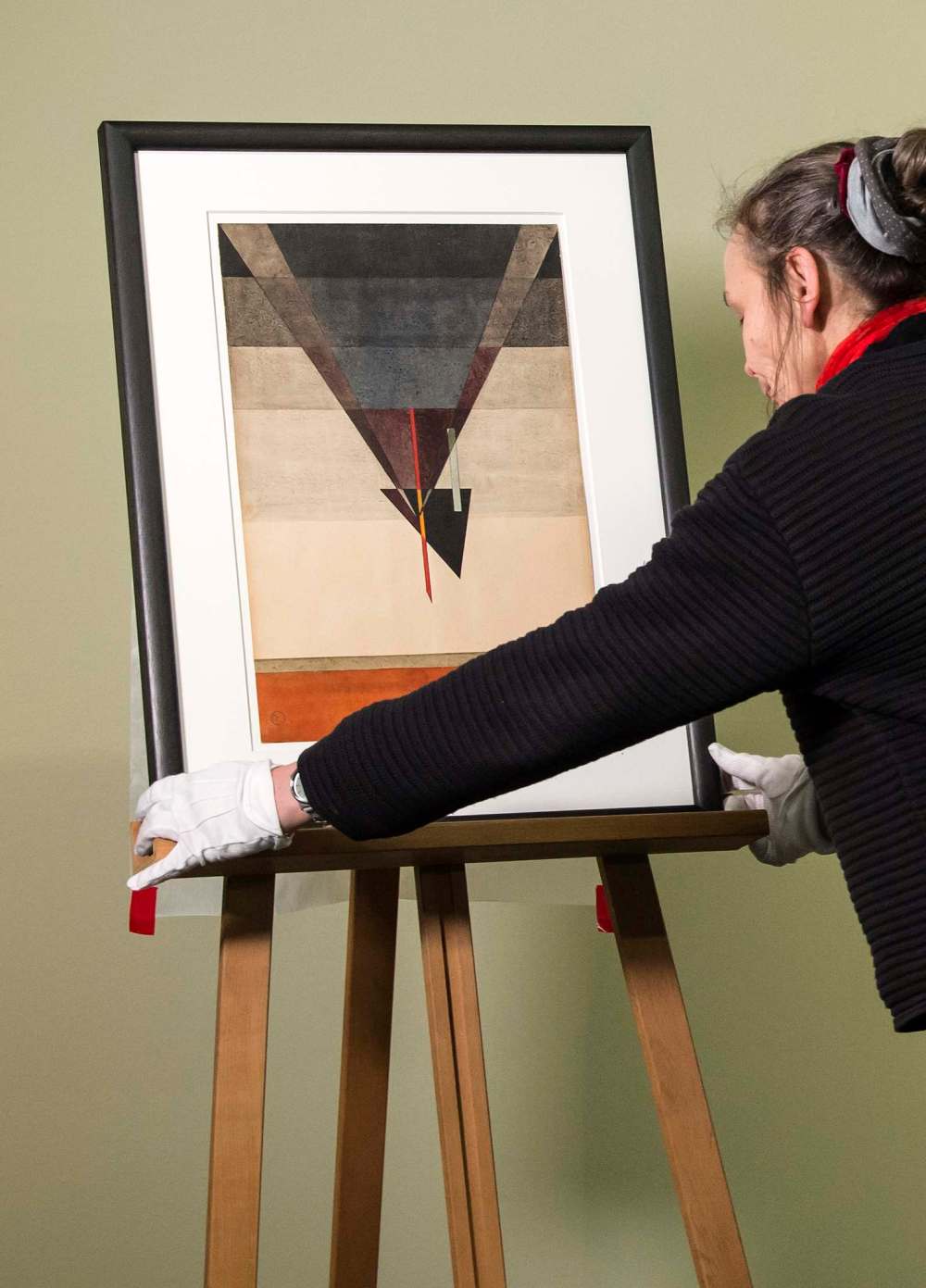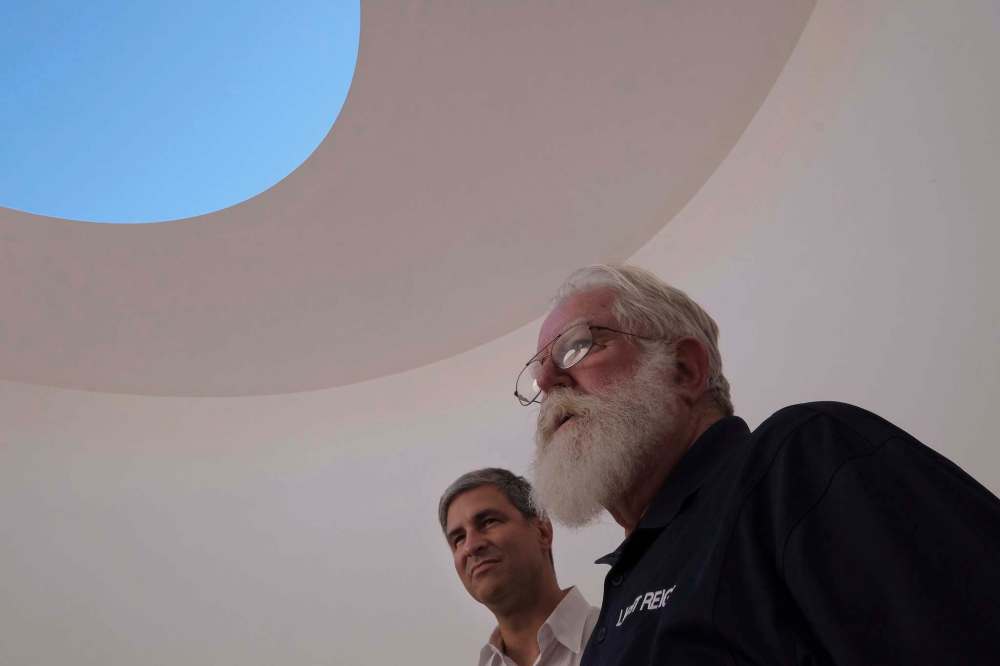Developing a taste for art
Local creatives discuss works that 'speak to their insides'
Advertisement
Read this article for free:
or
Already have an account? Log in here »
To continue reading, please subscribe:
Monthly Digital Subscription
$0 for the first 4 weeks*
- Enjoy unlimited reading on winnipegfreepress.com
- Read the E-Edition, our digital replica newspaper
- Access News Break, our award-winning app
- Play interactive puzzles
*No charge for 4 weeks then price increases to the regular rate of $19.00 plus GST every four weeks. Offer available to new and qualified returning subscribers only. Cancel any time.
Monthly Digital Subscription
$4.75/week*
- Enjoy unlimited reading on winnipegfreepress.com
- Read the E-Edition, our digital replica newspaper
- Access News Break, our award-winning app
- Play interactive puzzles
*Billed as $19 plus GST every four weeks. Cancel any time.
To continue reading, please subscribe:
Add Free Press access to your Brandon Sun subscription for only an additional
$1 for the first 4 weeks*
*Your next subscription payment will increase by $1.00 and you will be charged $16.99 plus GST for four weeks. After four weeks, your payment will increase to $23.99 plus GST every four weeks.
Read unlimited articles for free today:
or
Already have an account? Log in here »
Hey there, time traveller!
This article was published 03/07/2018 (2681 days ago), so information in it may no longer be current.
Taste in art can be a thorny subject. Just get a group of people talking about the same abstract painting and see what happens.
Taste has been seen as an inborn response to eternal truth and beauty. It has been analyzed as a culturally constructed way of demonstrating social status and intellectual sophistication. Recently, researchers have explored the neuroscience and the psychology behind taste.
There have been attempts to make taste in art systematic. “It is amazing to note how many people who practise objectivity in their own fields, completely lose it when discussing the arts,” one scholar complained in 1954. More commonly, as with the “I don’t know much about art, but I know what I like,” approach, taste in art is seen as a subjective free-for-all.

Many of us know the feeling of being presented with art we think we should like but don’t, or art we can see is important or interesting or worthy without being captivated by it.
But when we get down to speaking about the art we really love, the art that sparks a strong, deep, lasting response, the talk often becomes emotional, experiential, full of unpredictable and idiosyncratic associations.
At this month’s First Fridays in the Exchange Art Talk/Art Walk, we’ll chat with Sarah Jo Kirsch, soprano and musical pundit, and Nils Vik, designer, owner of Parlour Coffee and senior director of brand development at EQ3, about the art they adore.
They’ll talk about what connects them and why, and about the ways visual art affects their lives and their work.
Vik grew up with art. Travelling with his parents, he remembers being “pulled along” to galleries, but his first profound “wow” moment came in university, with a visit to New York’s MoMA PS1 during an art history field trip.
“There was one door that I saw someone come out of,” he relates. “And I asked a security guard if I was allowed in, and then I opened the door and saw all these people sitting on a bench.”
They seemed to be looking at a blue painting on the ceiling, Vik recalls. “So I sat down and looked. And then I saw an airplane fly by, and I realized there was a hole in the ceiling.
“I was smitten.”
It turns out this was an installation by American artist James Turrell, who works with light and space and time. Vik’s background as a designer might have something to do with his affinity for Turrell, who creates immersive, contemplative environments, somewhere between art and architecture. But Vik also liked that “Turrell had made something that can confuse and inspire at the same time.”

As a designer, Vik has also developed “a reverence for the presentation of the work,” and an interest in how art interacts with space and the people in that space.
“As a small kid, I remember going to gallery in rural Norway and seeing a little drawing of a strawberry,” Vik remembers. “It was like an inch by an inch, but it was in a four-by-four-foot frame.
“I was perplexed, but also intrigued.”
This interest comes out in Vik’s work at Parlour, where he has been showing eight local contemporary artists a year for more than six years, including pieces by Michael Dumontier, Kristin Nelson, Takashi Iwasaki and Wanda Koop. Vik is a big fan of Koop: “There’s a quality of immersion and feeling. Her work is minimalist, but also rich in technique and depth.”
Kirsch also grew up in the company of visual art and artists, and art has continued to inspire her as she has developed her musical career. “As much as sonic tapestry satisfies me, so does the visual stimulation of art,” she states.
“I need it.”
Recently, Kirsch performed in Morton Feldman’s musical work Rothko Chapel, which references the sombre and beautiful non-denominational chapel designed by the late Abstract Expressionist painter Mark Rothko. But there are other ways music and art connect for the 34-year-old soprano.
Kirsch sees parallels between music and art in the work of Wassily Kandinsky, who was thought to have had synaesthesia, a neurological condition in which sensory information is processed along overlapping pathways. It could be that Kandinsky could see sound and hear colour, and in this sense, his groundbreaking abstract paintings can be seen as pictorial forms of music. “I think there is a sonic quality in his paintings,” Kirsch says.

Kirsch also speaks about being in Vienna and seeing Gustav Klimt’s Judith and the Head of Holofernes in person. “The expression on her face, the way that the light refracted on the gold leaf, the depth just sucked me right in,” she says.
She was also moved to tears by an Egon Schiele retrospective. “The gaunt figures. That grotesqueness and elegance,” she says. The work of the German and Austrian expressionists has an anxious, experimental edge that also draws her to the music of that time.
“It was the era of art that I first really gravitated to as a human being,” Kirsch says. “It really spoke to my insides.”
We’ll be talking about art that “speaks to our insides” with Nils Vik and Sarah Jo Kirsch at Friday’s Art Talk at the Free Press News Café at 6 p.m. Call 204-421-0682 or email wfpnewscafe@gmail.com to reserve tickets, which include dinner and cost $20.
alison.gillmor@freepress.mb.ca

Studying at the University of Winnipeg and later Toronto’s York University, Alison Gillmor planned to become an art historian. She ended up catching the journalism bug when she started as visual arts reviewer at the Winnipeg Free Press in 1992.
Our newsroom depends on a growing audience of readers to power our journalism. If you are not a paid reader, please consider becoming a subscriber.
Our newsroom depends on its audience of readers to power our journalism. Thank you for your support.


